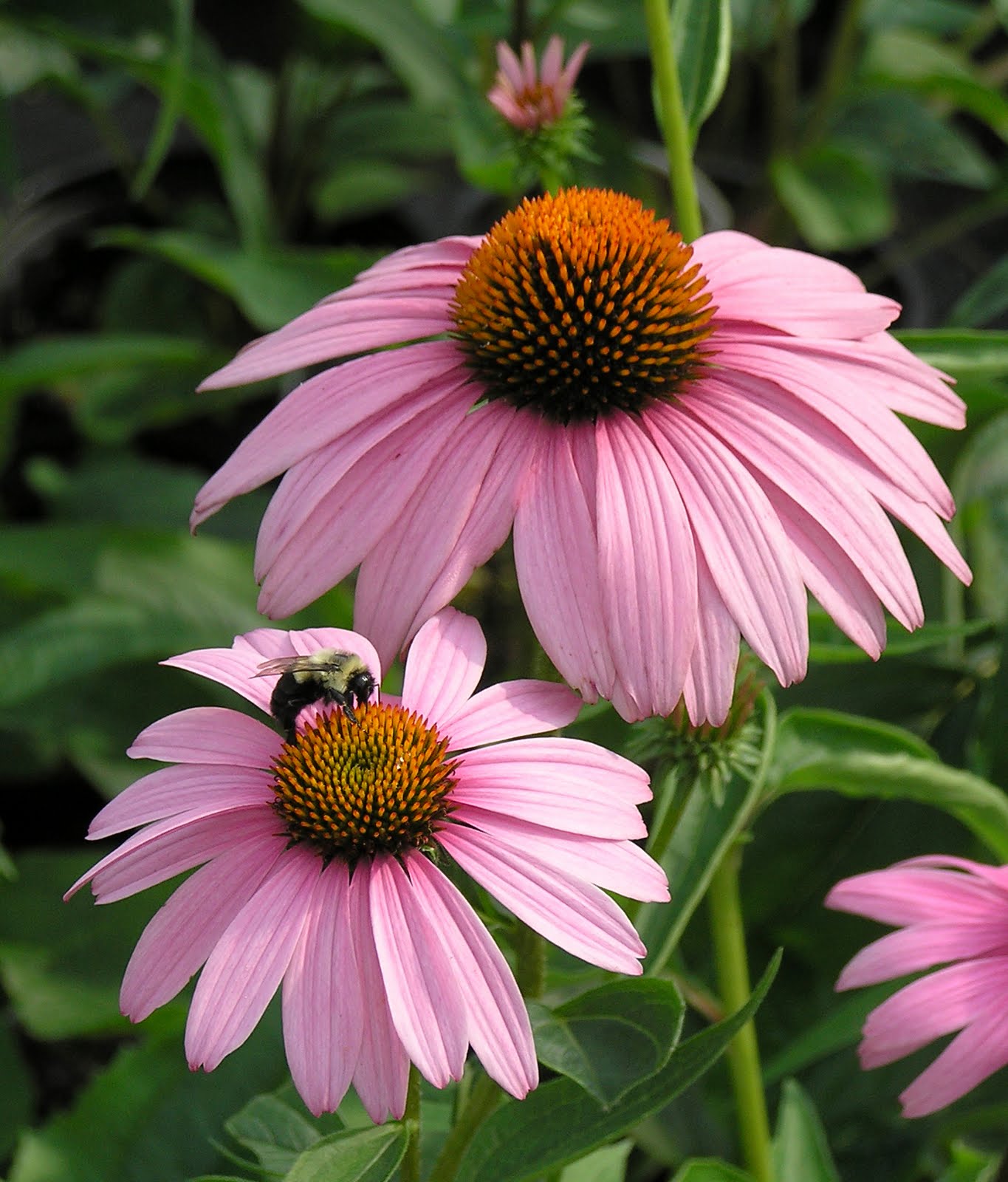Perennials Vs. Annuals: Making The Best Choice For Your Flower Beds

Table of Contents
Understanding Perennials
What are Perennials?
Perennials are plants that live for more than two years, returning year after year, offering a long-lasting display in your perennial flower garden. This makes them a popular choice for gardeners seeking sustained beauty and cost-effectiveness. Examples of popular long-lasting perennials include Lavender, Coneflowers (Echinacea), Hostas, Daylilies (Hemerocallis), and Salvia. These hardy plants offer diverse colors, textures, and heights, allowing for creative combinations in your garden design. The best perennial plants for your specific location will depend on factors like sunlight, soil type, and hardiness zone.
Advantages of Perennials
- Less work: Once established, perennials require significantly less planting and maintenance than annuals. After the initial planting and care, you'll enjoy years of blooms with minimal effort.
- Cost-effective in the long run: The initial investment in perennial plants yields years of beautiful blooms, making them a more economical choice compared to the yearly expense of annuals.
- Increased biodiversity: Many perennials attract pollinators like bees and butterflies, as well as beneficial insects that help maintain a healthy garden ecosystem. This contributes to a more vibrant and biodiverse garden space.
- Adaptability: A wide variety of perennials exist, meaning you can find options suitable for different climates, soil types, and sun exposure levels.
Disadvantages of Perennials
- Slower establishment: It may take a year or two for perennials to reach full maturity and display their full potential. Patience is key when growing perennials.
- Susceptibility to diseases and pests: Some perennials are more prone to specific diseases or pests than others. Regular monitoring and preventative measures might be necessary.
- Winter dormancy: Perennials typically enter a period of dormancy during winter, meaning they may not offer continuous color throughout the year. However, many offer attractive foliage even in winter.
Understanding Annuals
What are Annuals?
Annuals are plants that complete their entire life cycle – from germination to seed production – within a single growing season. This means they need to be replanted each year to maintain continuous color and vibrancy in your garden. Popular choices for vibrant annuals include Zinnias, Petunias, Marigolds, Impatiens, and Sunflowers. The wide range of colors and forms available makes annuals a favorite for creating dramatic and ever-changing displays. Best annual flowers for containers are often compact varieties designed for smaller spaces.
Advantages of Annuals
- Fast-growing and quick blooms: Annuals provide instant color and impact, perfect for adding a burst of vibrancy to your garden quickly.
- Wide variety of colors and types: The sheer number of annual flower choices is staggering, allowing for incredible flexibility in garden design and creating truly unique displays.
- Easy to plant and maintain: Compared to some perennials, annuals are generally easier to plant and maintain, requiring less specialized care.
- Flexibility in design: Annuals are ideal for creating seasonal changes in your garden or for themed displays, allowing for frequent updates to your garden's aesthetic.
Disadvantages of Annuals
- Need for replanting: Annuals must be replanted every year, leading to ongoing costs and labor.
- Higher cost: The yearly expense of purchasing new plants can significantly add up over time, especially for large gardens.
- Can be less environmentally friendly: The high turnover of plants associated with annuals can potentially require more resources, depending on sourcing and disposal practices.
Choosing Between Perennials and Annuals
Consider Your Climate:
Hardiness zones play a critical role in determining which perennials will thrive in your garden. Choosing plants suitable for your specific zone is crucial for success.
Evaluate Your Gardening Time Commitment:
Annuals offer quick results with less long-term commitment, while perennials require more initial effort but less ongoing maintenance.
Determine Your Budget:
Annuals can be more expensive in the long run, while perennials offer long-term cost savings.
Decide on Your Desired Bloom Time:
Annuals provide concentrated blooms, while perennials may offer a more extended blooming period across several months.
Conclusion
Choosing between perennials and annuals for your flower beds depends on your individual needs and preferences. Perennials offer long-term beauty and cost savings, while annuals provide instant color and versatility. By carefully considering the advantages and disadvantages of each, you can create a stunning and sustainable garden that thrives for years to come. Start planning your dream garden today by selecting the perfect perennials or annuals for your landscape! Make the best choice for your flower beds with informed decisions about perennials vs. annuals.

Featured Posts
-
 Hudsons Bay Facing Extensive Store Closures And Staff Terminations
May 29, 2025
Hudsons Bay Facing Extensive Store Closures And Staff Terminations
May 29, 2025 -
 Getting Shiny Pokemon In Pokemon Tcg Pocket A Comprehensive Guide
May 29, 2025
Getting Shiny Pokemon In Pokemon Tcg Pocket A Comprehensive Guide
May 29, 2025 -
 Mastering The Bargain Hunt Strategies For Smart Spending
May 29, 2025
Mastering The Bargain Hunt Strategies For Smart Spending
May 29, 2025 -
 Rage Against The Machine O Morello Kai I Sfodri Kritiki Toy Kata Tramp
May 29, 2025
Rage Against The Machine O Morello Kai I Sfodri Kritiki Toy Kata Tramp
May 29, 2025 -
 Suzuka 8 Hours Luca Marini Suffers Serious Injuries In Testing
May 29, 2025
Suzuka 8 Hours Luca Marini Suffers Serious Injuries In Testing
May 29, 2025
